Code
HCS35032
Weight
1.48 Kg / 3.26 lbs
Size
Height
27cm (11") Width
10cm (4") Depth
10cm (4") Material
Copper
Availability
Available

Safe Payment
We accept Paypal, Money Transfer, Bank Transfer
Confidence
Protection covers your purchase and personal data.
Worldwide Delivery
We ship Worldwide, except Russia.Shipping cost US$25.2 for upto 0.5 kgs

Hotline
Talk to help line for your question on 9841267335Finishing: Stone Setting
The Copper Offering Bowl With Stand And Hand Carving 7 Pcs Set, [stone Setting] is adorned with an exquisite array of semi-precious stones, including turquoise, coral, and lapis lazuli. These stones are carefully selected and meticulously placed on the Copper Offering Bowl With Stand And Hand Carving 7 Pcs Set, [stone Setting]'s surface, adding a touch of opulence and enhancing its overall beauty. Each stone is thoughtfully positioned using a high-quality adhesive, ensuring secure and long-lasting attachment. The vibrant colors and unique patterns of the stones create a captivating contrast against the backdrop of the Copper Offering Bowl With Stand And Hand Carving 7 Pcs Set, [stone Setting], elevating its visual appeal and making it truly eye-catching. Read More . . .
The Copper Offering Bowl With Stand And Hand Carving 7 Pcs Set, [stone Setting] is adorned with an exquisite array of semi-precious stones, including turquoise, coral, and lapis lazuli. These stones are carefully selected and meticulously placed on the Copper Offering Bowl With Stand And Hand Carving 7 Pcs Set, [stone Setting]'s surface, adding a touch of opulence and enhancing its overall beauty. Each stone is thoughtfully positioned using a high-quality adhesive, ensuring secure and long-lasting attachment. The vibrant colors and unique patterns of the stones create a captivating contrast against the backdrop of the Copper Offering Bowl With Stand And Hand Carving 7 Pcs Set, [stone Setting], elevating its visual appeal and making it truly eye-catching. Read More . . .
Copper Hammering : About Hammering Art
This Copper Offering Bowl With Stand And Hand Carving 7 Pcs Set, [stone Setting] is made by the hammering process. a masterpiece of Nepali artistry and craftsmanship. Created through the meticulous process of hammering and folding copper sheets, this extraordinary object showcases the unparalleled skill of Nepali craftspersons. Nepal, known for its rich artistic heritage, is home to highly skilled artisans who have perfected the art of metalwork. With great precision and expertise, these craftspersons combine traditional techniques with their creative flair to produce objects of exceptional beauty and spiritual significance. Read More . . .
This Copper Offering Bowl With Stand And Hand Carving 7 Pcs Set, [stone Setting] is made by the hammering process. a masterpiece of Nepali artistry and craftsmanship. Created through the meticulous process of hammering and folding copper sheets, this extraordinary object showcases the unparalleled skill of Nepali craftspersons. Nepal, known for its rich artistic heritage, is home to highly skilled artisans who have perfected the art of metalwork. With great precision and expertise, these craftspersons combine traditional techniques with their creative flair to produce objects of exceptional beauty and spiritual significance. Read More . . .
What is offering bowls :
The most common type of offering on Tibetan Buddhist shrines are made with seven water offering bowls â called âyonchapâ in Tibetan.
The main point of any offerings is a pure motivation to cultivate generosity and to reduce our selfishness, stinginess, and greed.
We seek to give with an open, pure heart, with no attachment to what we are giving, and with no motivation of receiving something in return.
Why Offer Water? :The main point of any offerings is a pure motivation to cultivate generosity and to reduce our selfishness, stinginess, and greed.
We seek to give with an open, pure heart, with no attachment to what we are giving, and with no motivation of receiving something in return.
The main point of any offerings is a pure motivation to cultivate generosity and to reduce our selfishness, stinginess, and greed.
We seek to give with an open, pure heart, with no attachment to what we are giving, and with no motivation of receiving something in return.
Paradoxically, as His Holiness the Dalai Lama often teaches, cultivating generosity and devoting ourselves to the welfare of others increases our own happiness in many ways, as we release the painful, stiff worry that accompanies greed and self-centeredness.
He encourages us to become selfishly altruistic, to become happy people by concerning ourselves primarily with the well being of others.
One reason that we offer water is that water in Tibet has traditionally been considered plentiful and free, and therefore painless to give. The idea is that all of our offerings should be given as freely as we would give water.
Another way to view the water offerings is as representing the seven aspects of prayer:
prostrating
offerings to the Buddhas
confessing our wrongs
rejoicing in the good qualities of oneself and others
requesting the Buddhas to remain in this world
beseeching the Buddhas to teach others
dedicating the merit of ourselves and others which has been accumulated throughout time, in order that all sentient beings may enjoy happiness and virtue
How Should I Set Up the Water Offering Bowls? :We seek to give with an open, pure heart, with no attachment to what we are giving, and with no motivation of receiving something in return.
Paradoxically, as His Holiness the Dalai Lama often teaches, cultivating generosity and devoting ourselves to the welfare of others increases our own happiness in many ways, as we release the painful, stiff worry that accompanies greed and self-centeredness.
He encourages us to become selfishly altruistic, to become happy people by concerning ourselves primarily with the well being of others.
One reason that we offer water is that water in Tibet has traditionally been considered plentiful and free, and therefore painless to give. The idea is that all of our offerings should be given as freely as we would give water.
Another way to view the water offerings is as representing the seven aspects of prayer:
prostrating
offerings to the Buddhas
confessing our wrongs
rejoicing in the good qualities of oneself and others
requesting the Buddhas to remain in this world
beseeching the Buddhas to teach others
dedicating the merit of ourselves and others which has been accumulated throughout time, in order that all sentient beings may enjoy happiness and virtue
Traditionally in Tibetan homes, we make our yonchap every morning. If that is not possible, we do it as often as we can.
Start with seven clean bowls â called ting in Tibetan â and a pitcher of fresh water. Tibetans usually use silver, brass or copper bowls, which range from very plain to carved and intricately decorated treasures.
One by one, pour a little water in each bowl before you place it on the shrine, lining the bowls up from left to right as you face the shrine. The reason to start with a little water in each bowl is that it is inauspicious to have a bowl sitting empty on the shrine.
Tibetan Buddhist masters explain that each bowl should be the distance of one barley seed from the next one.
Starting from left to right, fill each bowl with water, almost to the top. Again, the common thought is that you leave the space of one barley seed from the rim of the bowl.
While setting up your offering bowls, it is common for Tibetans to recite one of the more common mantras, like:
â Om mani padme hung (Avalokiteshvaraâs mantra)
â Om muni muni maha munaye soha (Buddha Shakyamuniâs mantra)
â Om tare tuttare ture soha (Taraâs mantra)
Others may recite what is called the gyamdro prayer. The prayer can be whatever you choose. What is most important is that you pray with a sincere wish to cultivate generosity and an open heart.
In the same spirit, you might visualize that you are offering endless quantities of everything beautiful and precious, plus all the good qualities in our hearts and minds, to a vast assembly of Buddhas.
You can put a butter lamp between the third and fourth bowls, or between the fourth and fifth bowls, symbolizing the light of wisdom, dispelling the darkness of ignorance.
Once the bowls are filled, it is common to bless the offerings with kusha grass (also called elephant grass) or any kind of clean straw or stick that you may have access to. To do this, you dip your grasses into one of the bowls and sprinkle the shrine with water, reciting the purifying mantra âom a hum.â (From Khandro.net)
Finally, you can dedicate the merit you have gained by the offerings to the elimination of suffering and its causes for all sentient beings.
Removing the Offerings :Start with seven clean bowls â called ting in Tibetan â and a pitcher of fresh water. Tibetans usually use silver, brass or copper bowls, which range from very plain to carved and intricately decorated treasures.
One by one, pour a little water in each bowl before you place it on the shrine, lining the bowls up from left to right as you face the shrine. The reason to start with a little water in each bowl is that it is inauspicious to have a bowl sitting empty on the shrine.
Tibetan Buddhist masters explain that each bowl should be the distance of one barley seed from the next one.
Starting from left to right, fill each bowl with water, almost to the top. Again, the common thought is that you leave the space of one barley seed from the rim of the bowl.
While setting up your offering bowls, it is common for Tibetans to recite one of the more common mantras, like:
â Om mani padme hung (Avalokiteshvaraâs mantra)
â Om muni muni maha munaye soha (Buddha Shakyamuniâs mantra)
â Om tare tuttare ture soha (Taraâs mantra)
Others may recite what is called the gyamdro prayer. The prayer can be whatever you choose. What is most important is that you pray with a sincere wish to cultivate generosity and an open heart.
In the same spirit, you might visualize that you are offering endless quantities of everything beautiful and precious, plus all the good qualities in our hearts and minds, to a vast assembly of Buddhas.
You can put a butter lamp between the third and fourth bowls, or between the fourth and fifth bowls, symbolizing the light of wisdom, dispelling the darkness of ignorance.
Once the bowls are filled, it is common to bless the offerings with kusha grass (also called elephant grass) or any kind of clean straw or stick that you may have access to. To do this, you dip your grasses into one of the bowls and sprinkle the shrine with water, reciting the purifying mantra âom a hum.â (From Khandro.net)
Finally, you can dedicate the merit you have gained by the offerings to the elimination of suffering and its causes for all sentient beings.
Normally, we will remove the bowls at the end of each day, any time before sunset. In central Tibet, this commonly happens as early as 3 p.m., but you can do it any time.
Empty the bowls one by one, starting from the right this time, drying each one as you empty it with a clean cloth.
When you are done, stack the bowls upside down as you see in the images here, and if you can, offer the used water to your plants.
May water offerings help you to cultivate generosity and to be relieved of the pain of selfishness and greed!
Empty the bowls one by one, starting from the right this time, drying each one as you empty it with a clean cloth.
When you are done, stack the bowls upside down as you see in the images here, and if you can, offer the used water to your plants.
May water offerings help you to cultivate generosity and to be relieved of the pain of selfishness and greed!


![Copper Offering Bowl With Stand And Hand Carving 7 Pcs Set, [stone Setting]](https://www.handmadeexpo.com/pics/product/thumb/35032_2.jpg)
![Copper Offering Bowl With Stand And Hand Carving 7 Pcs Set, [stone Setting]](https://www.handmadeexpo.com/pics/product/thumb/35032_3.jpg)
![Copper Offering Bowl With Stand And Hand Carving 7 Pcs Set, [stone Setting]](https://www.handmadeexpo.com/pics/product/thumb/35032_4.jpg)
![Copper Offering Bowl With Stand And Hand Carving 7 Pcs Set, [stone Setting]](https://www.handmadeexpo.com/pics/product/thumb/35032_5.jpg)
![Copper Offering Bowl With Stand And Hand Carving 7 Pcs Set, [stone Setting]](https://www.handmadeexpo.com/pics/product/thumb/35032_6.jpg)
![Copper Offering Bowl With Stand And Hand Carving 7 Pcs Set, [stone Setting]](https://handmadeexpo.com/pics/product/thumb/35032.jpg)
![Copper Offering Bowl With Stand And Hand Carving 7 Pcs Set, [stone Setting]](https://www.handmadeexpo.com/pics/product/thumb/35032_0.jpg)
![Copper Offering Bowl With Stand And Hand Carving 7 Pcs Set, [stone Setting]](https://www.handmadeexpo.com/pics/product/thumb/35032_1.jpg)
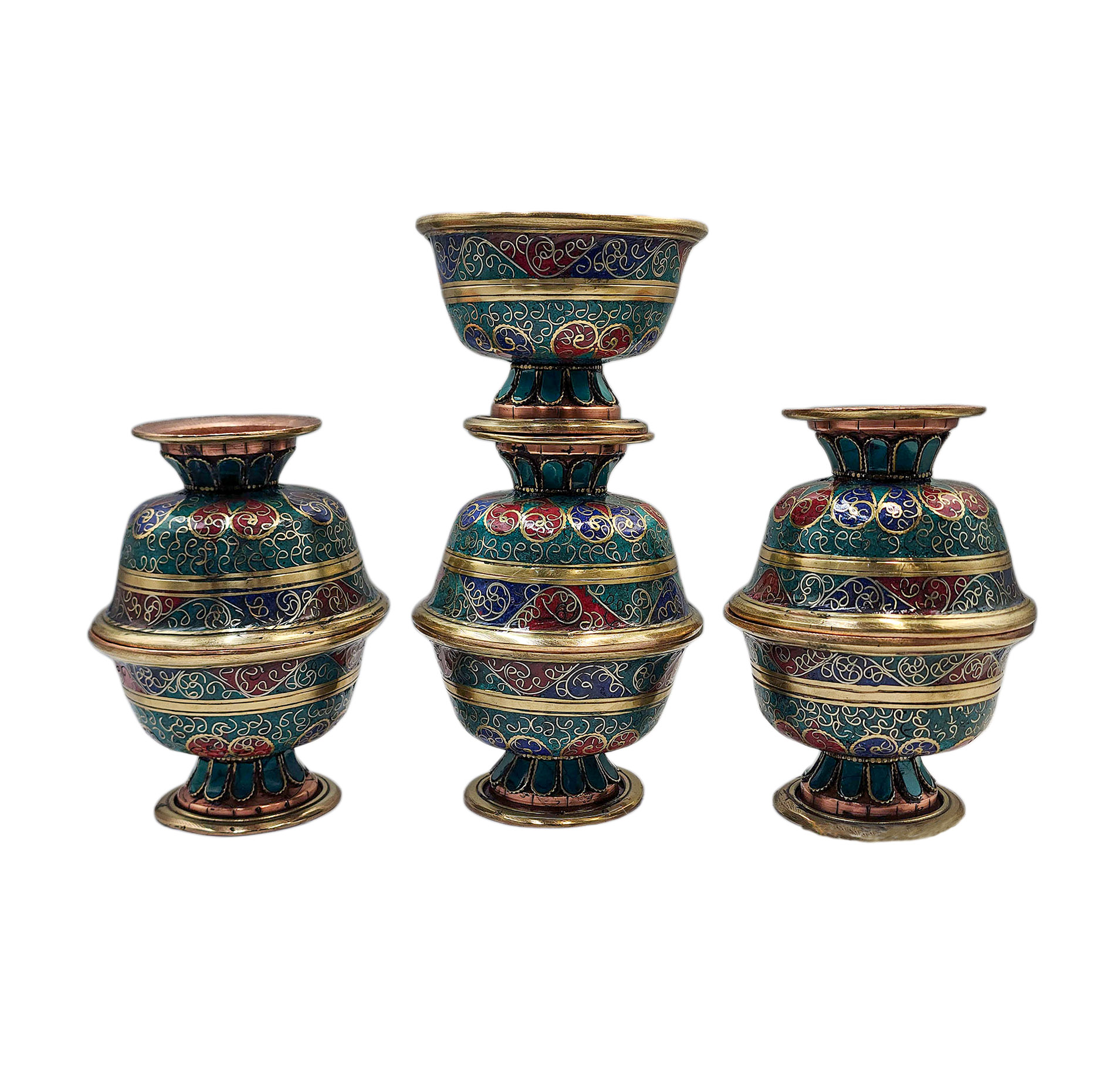
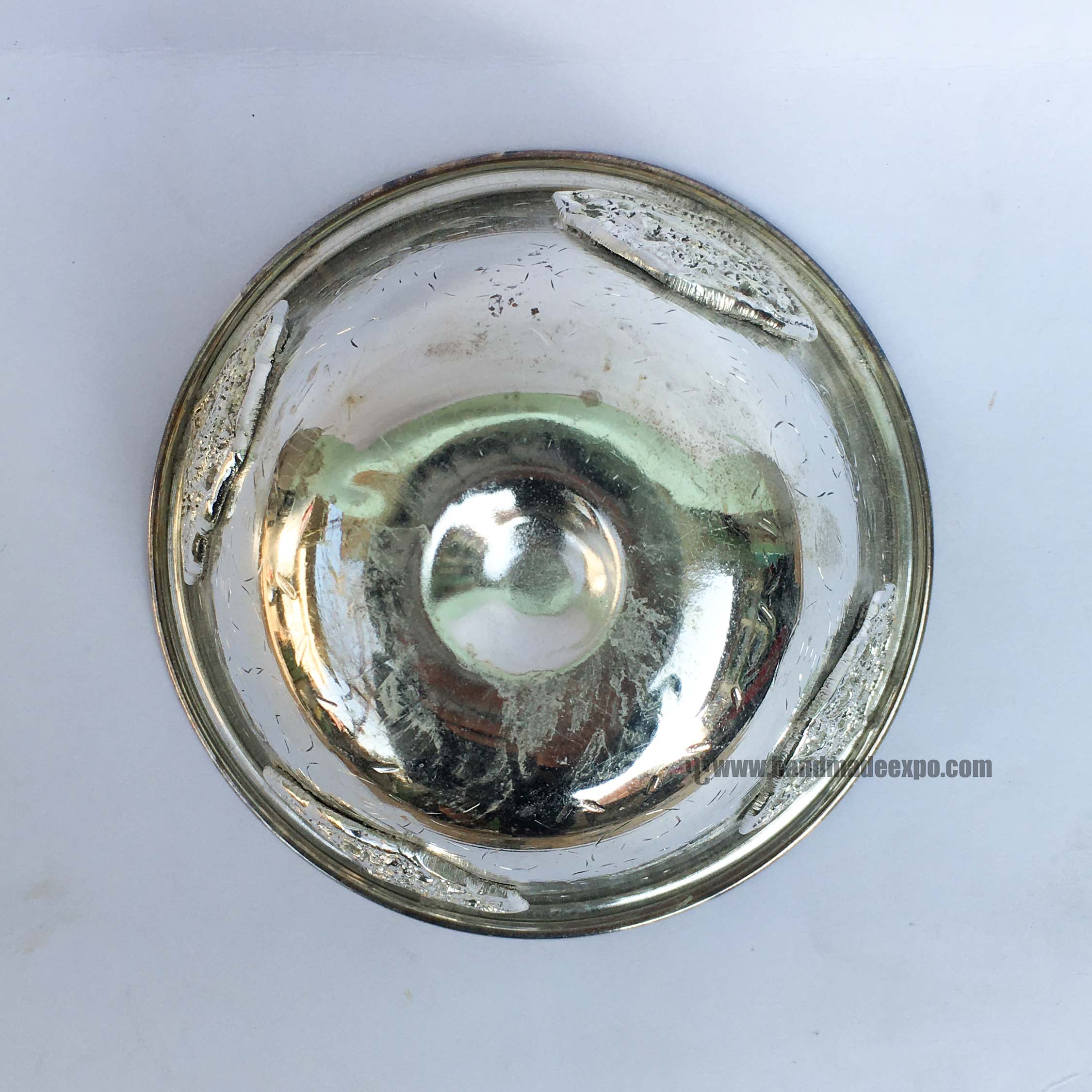 offering Bowls,
offering Bowls, 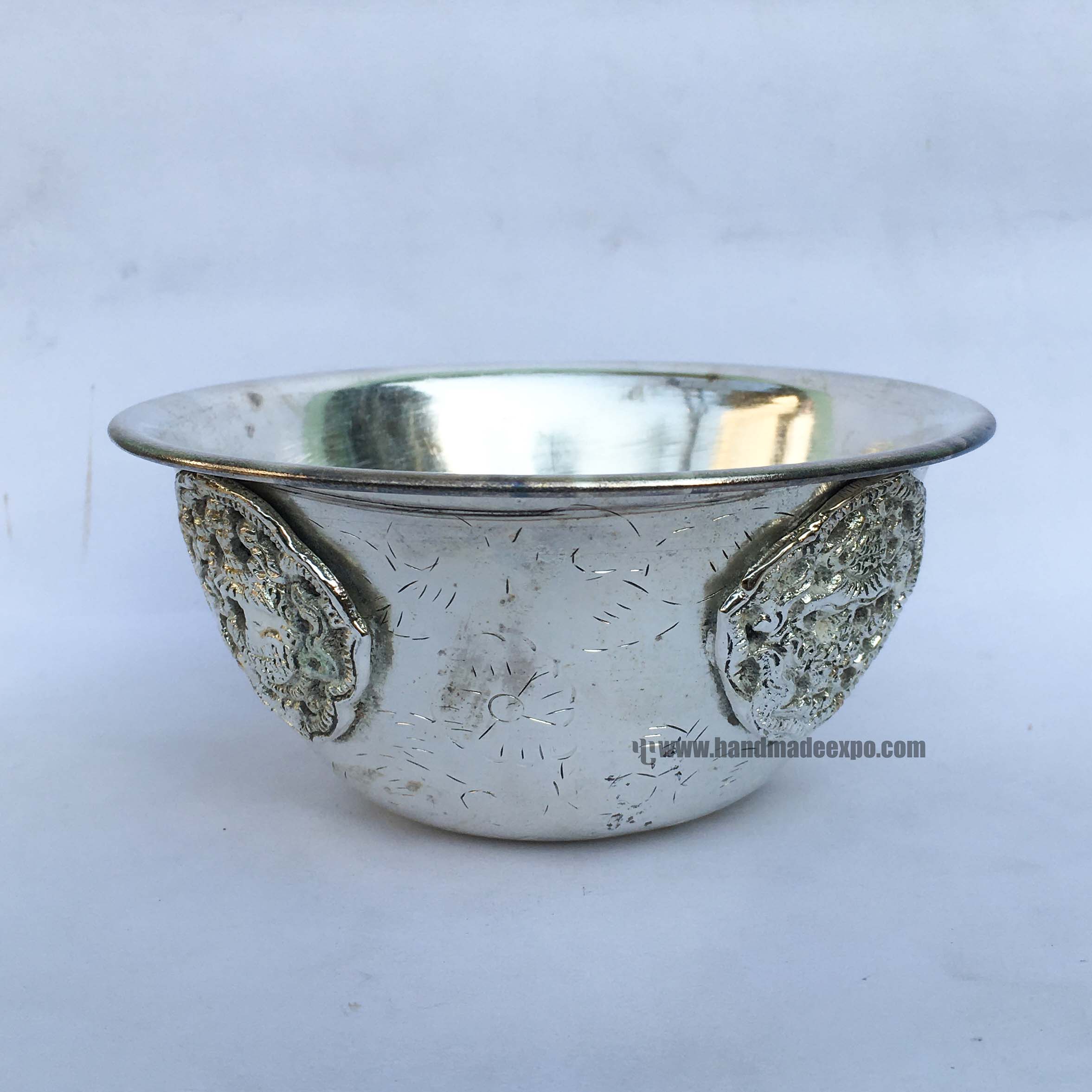 offering Bowls,
offering Bowls, 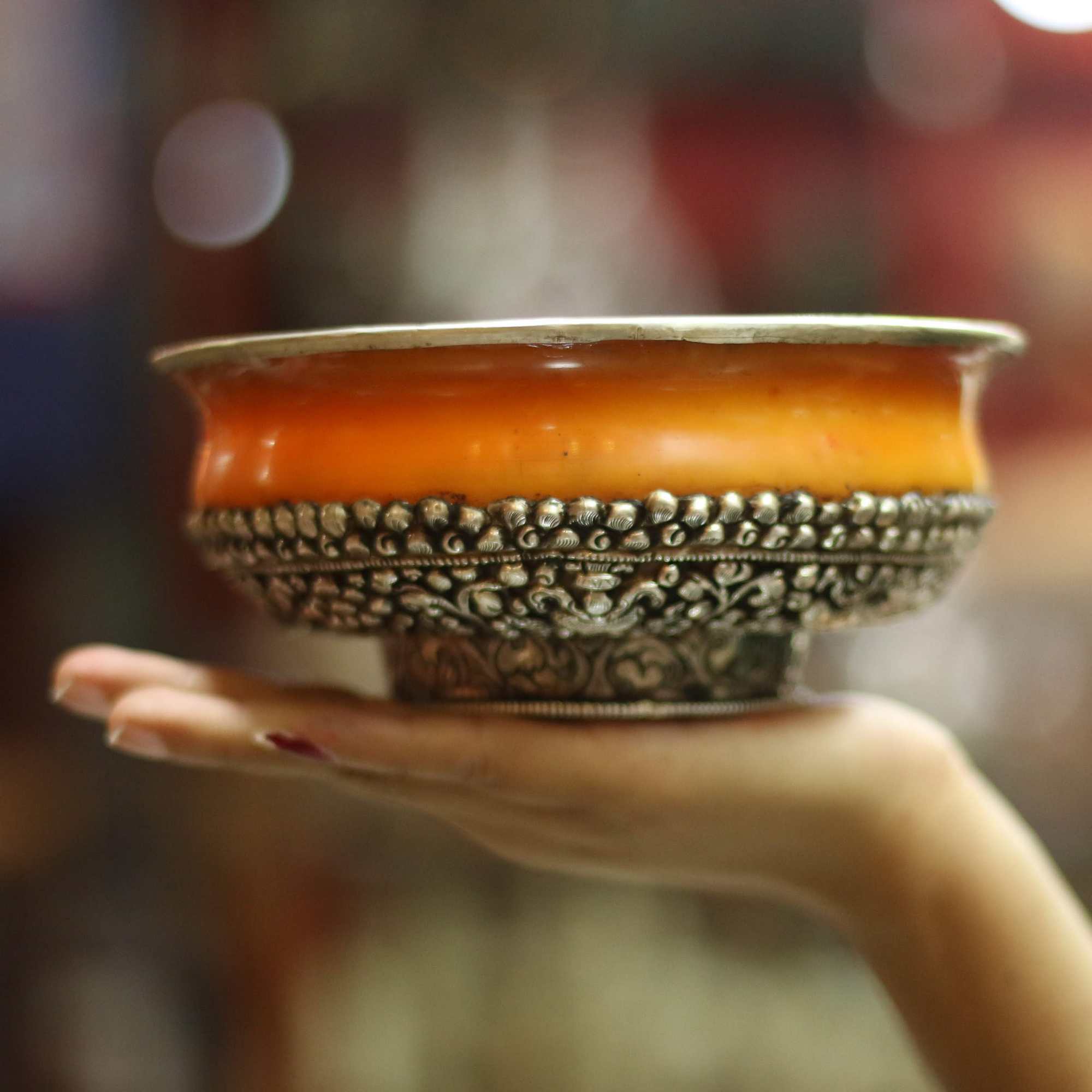 offering Bowl,
offering Bowl, 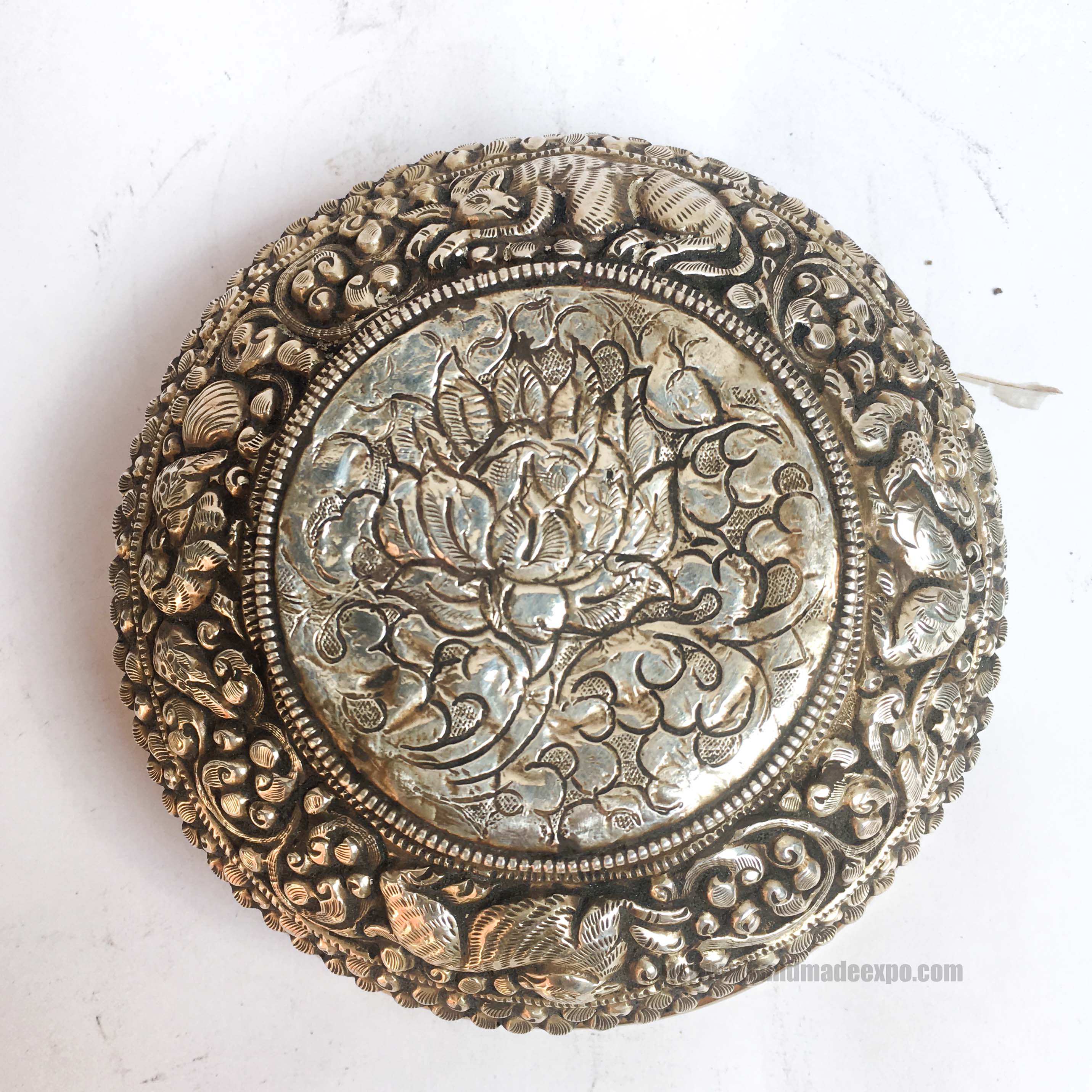 offering Bowl
offering Bowl 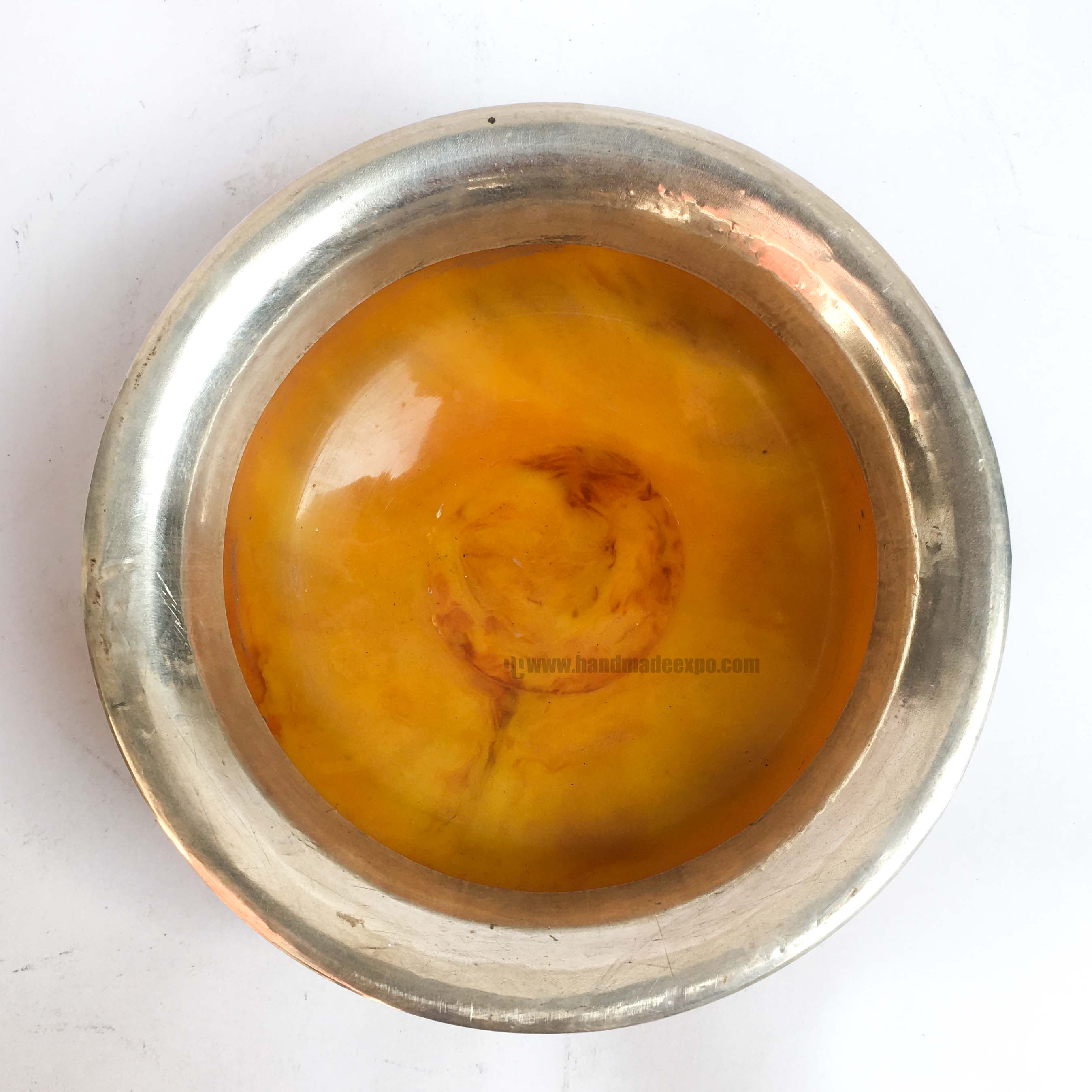 offering Bowl
offering Bowl 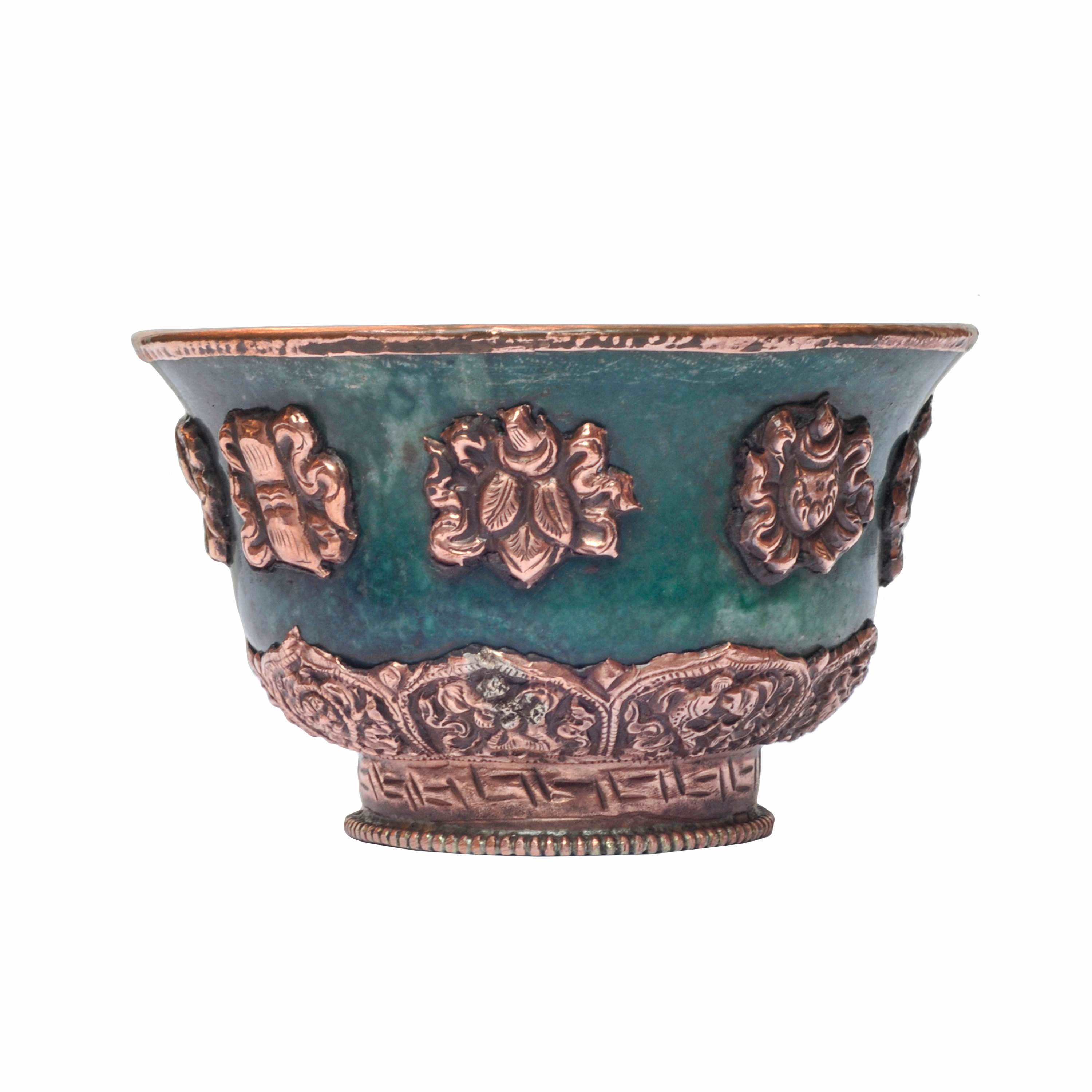 with Emitted
with Emitted 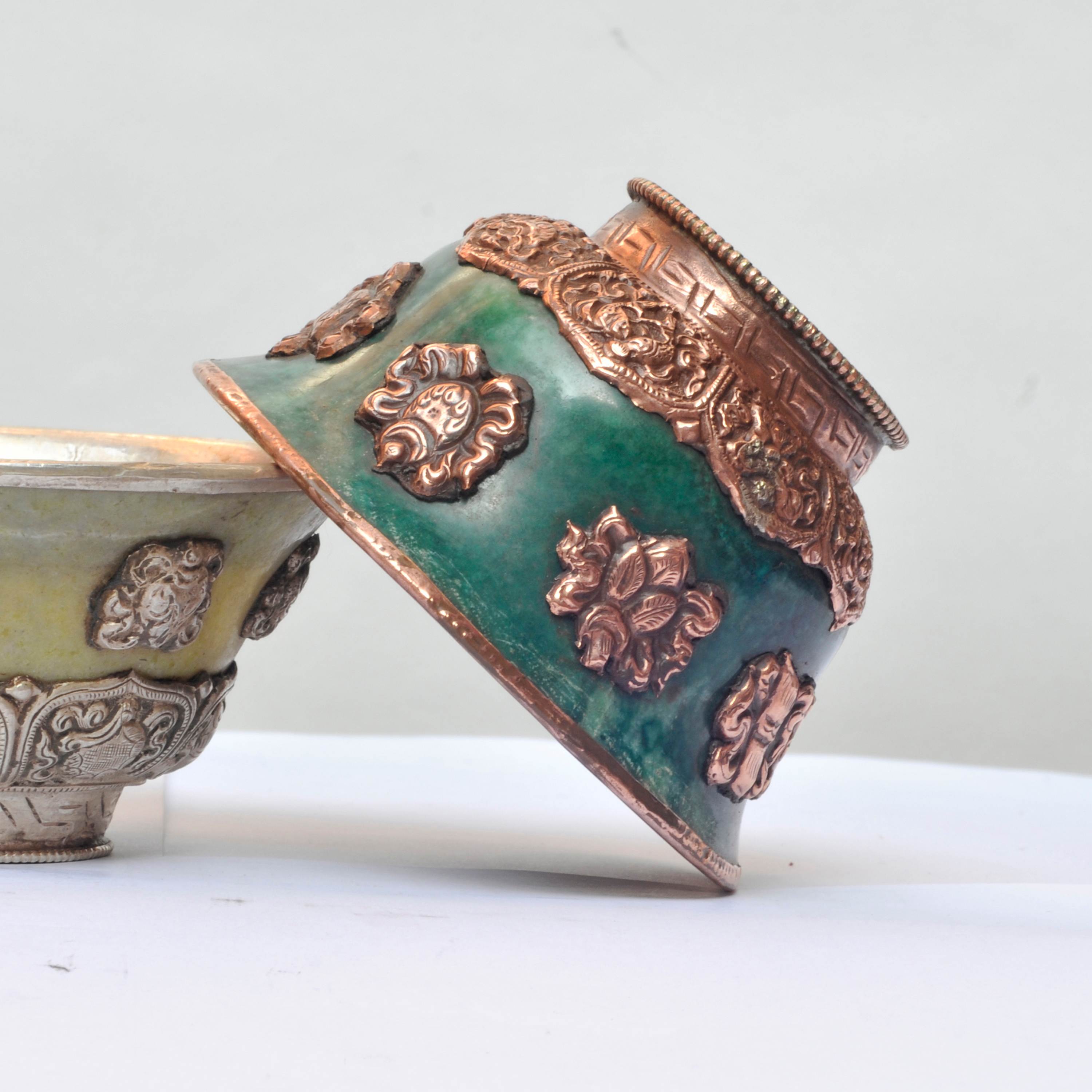 with Emitted
with Emitted 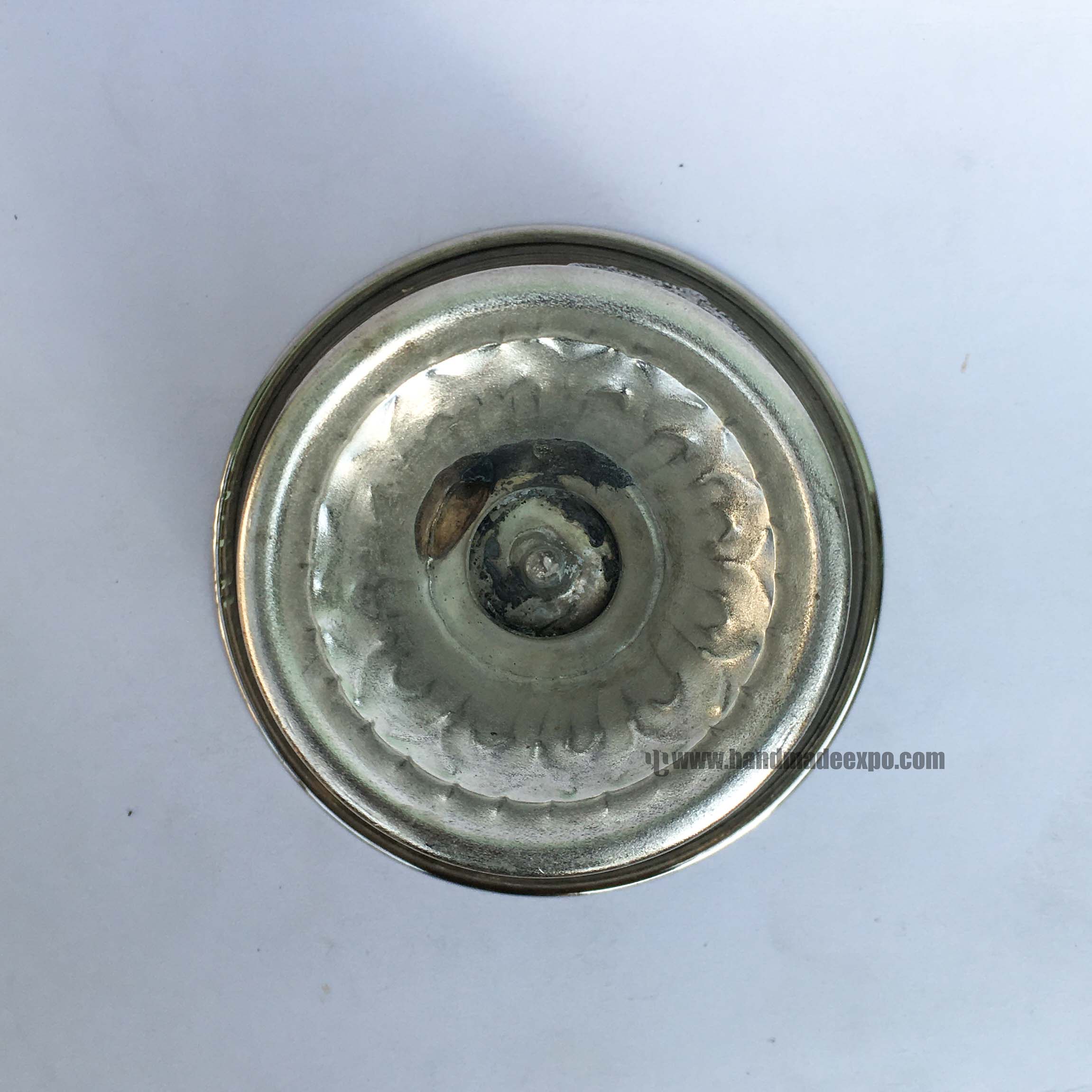 offering Bowls,
offering Bowls, 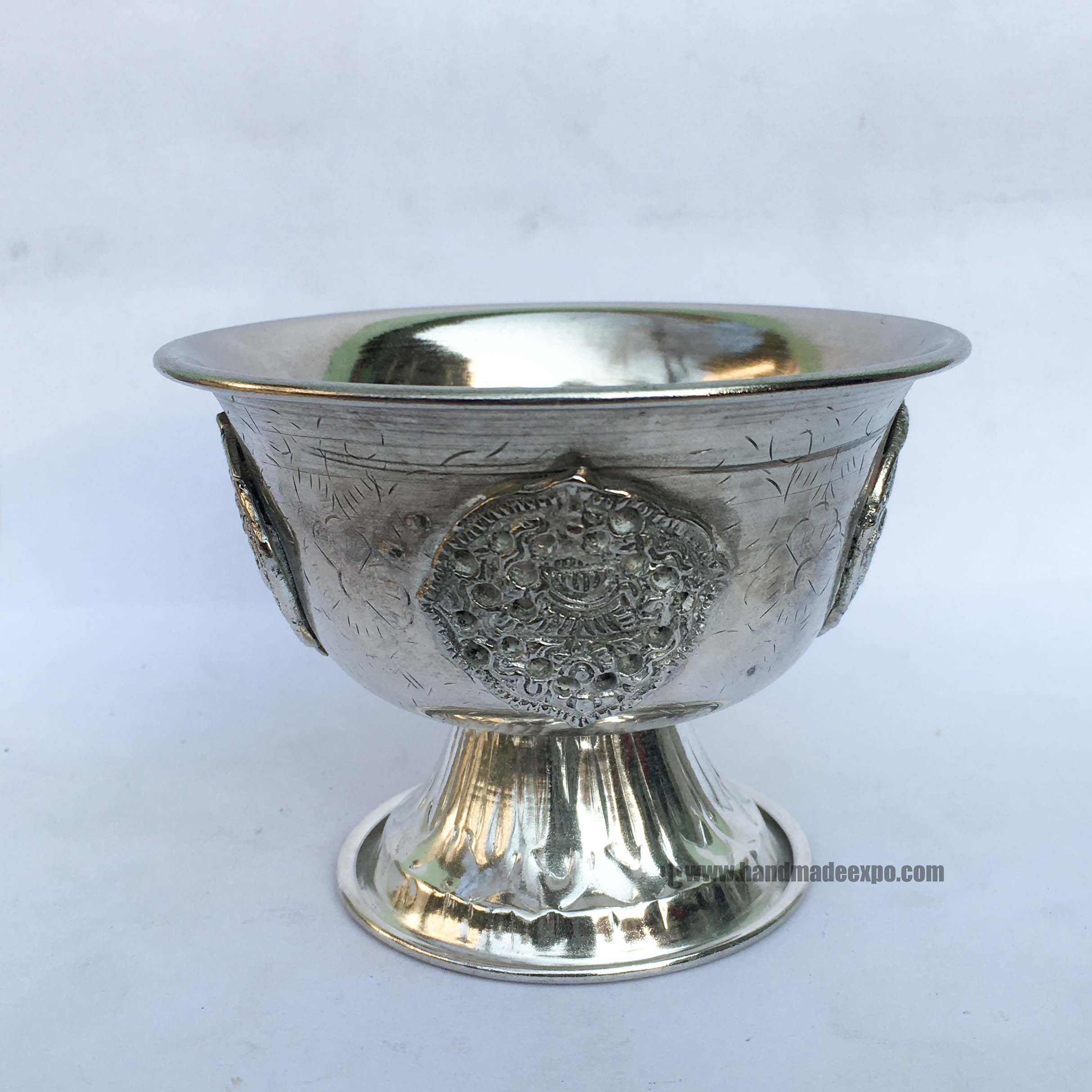 offering Bowls,
offering Bowls, 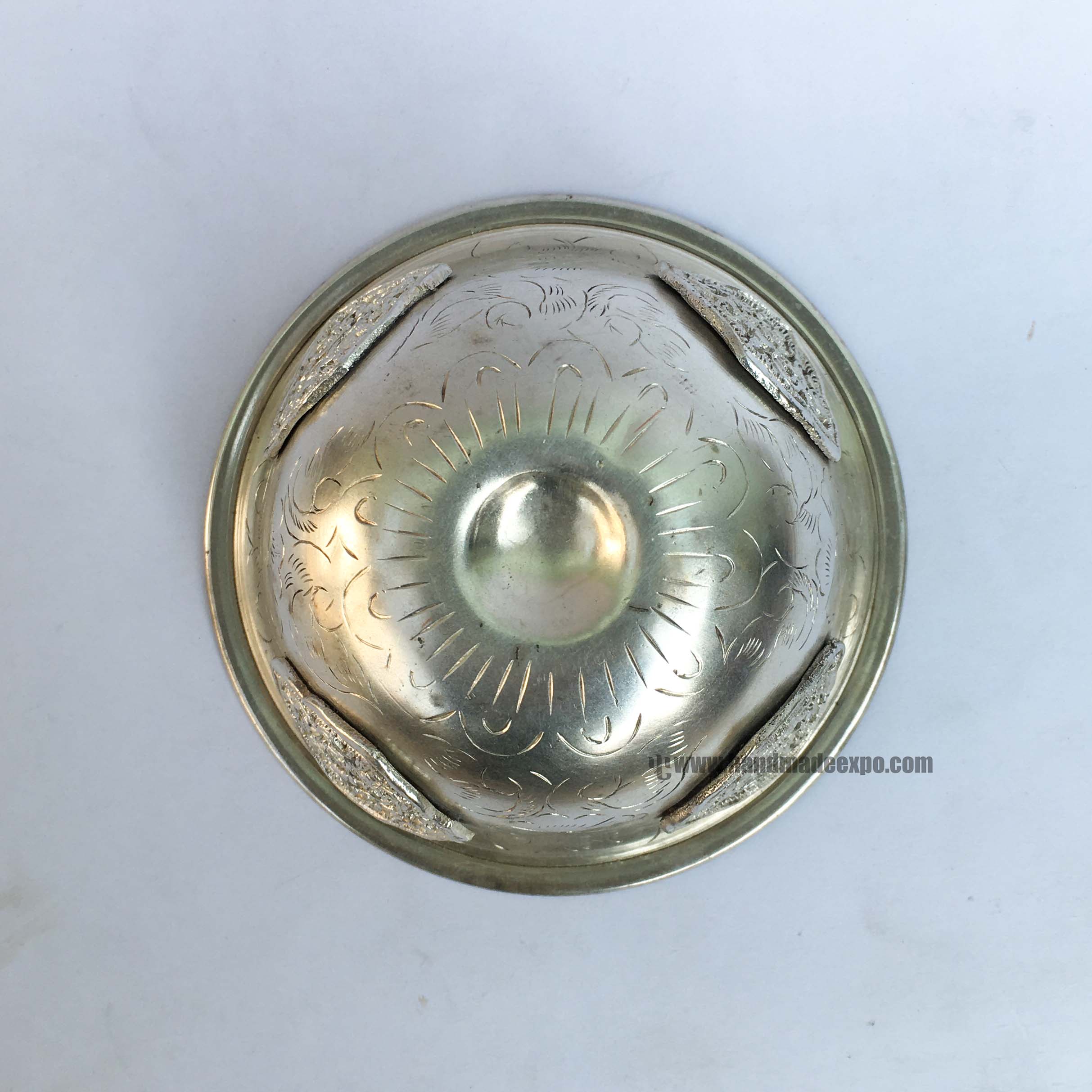 offering Bowls,
offering Bowls, 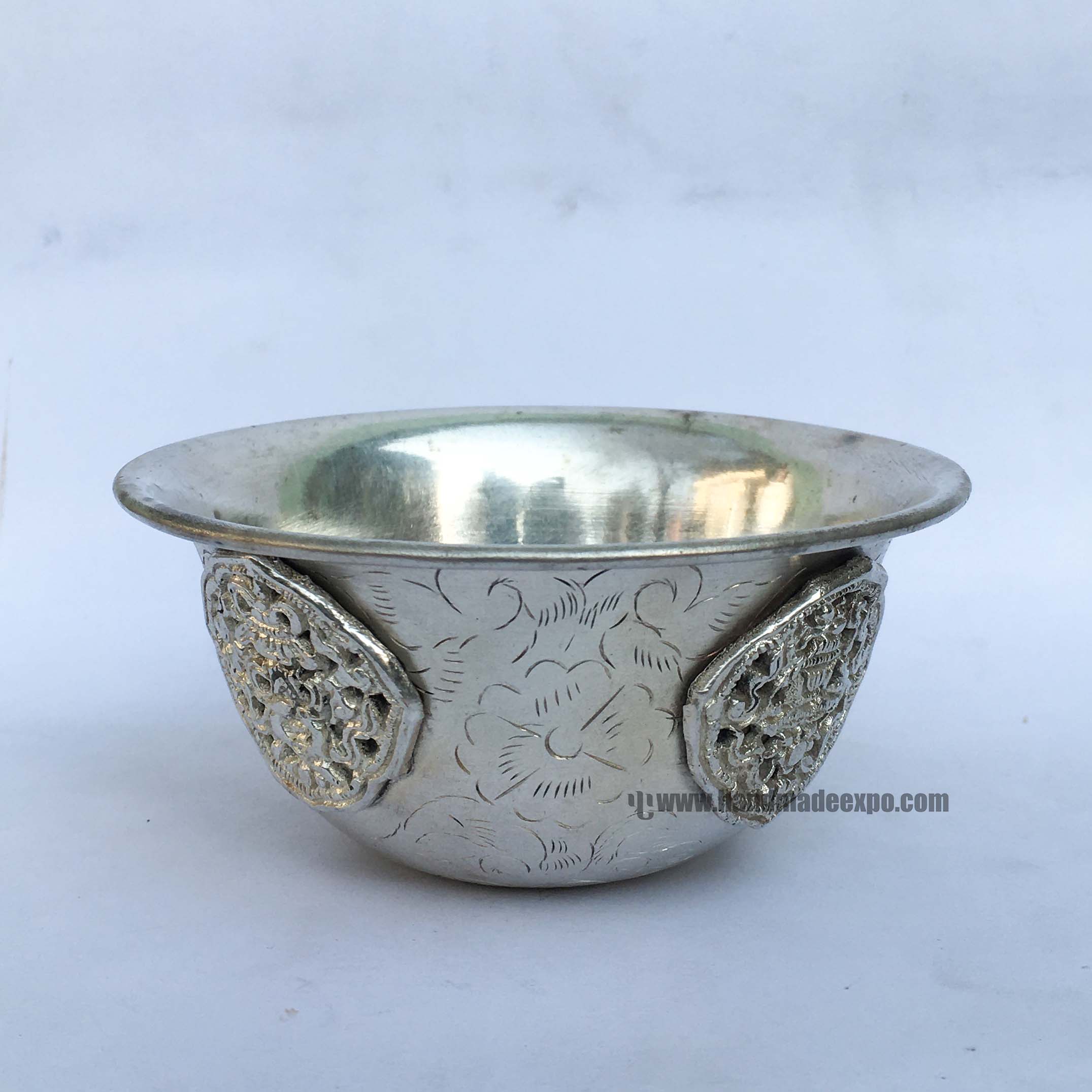 offering Bowls,
offering Bowls, 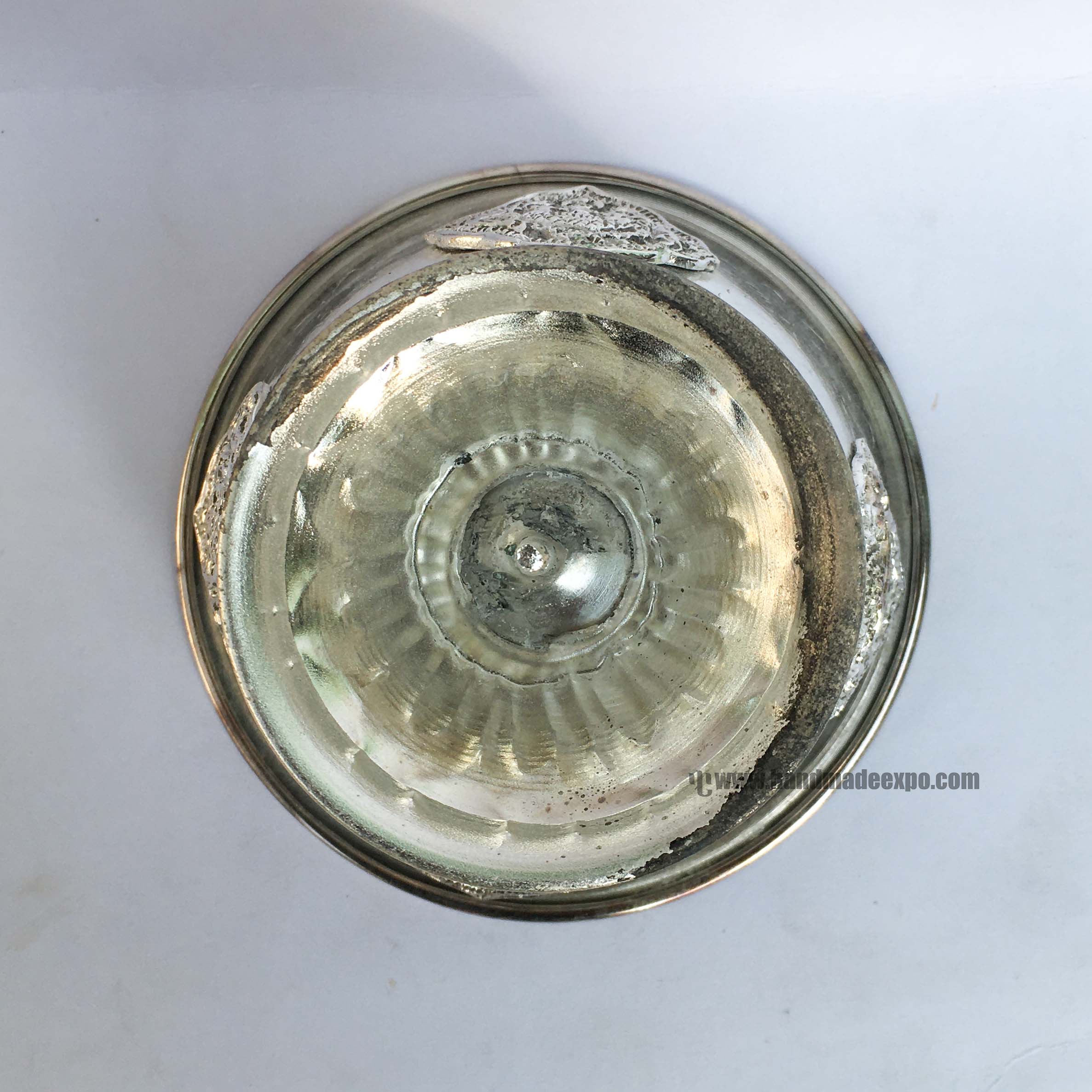 offering Bowls,
offering Bowls, 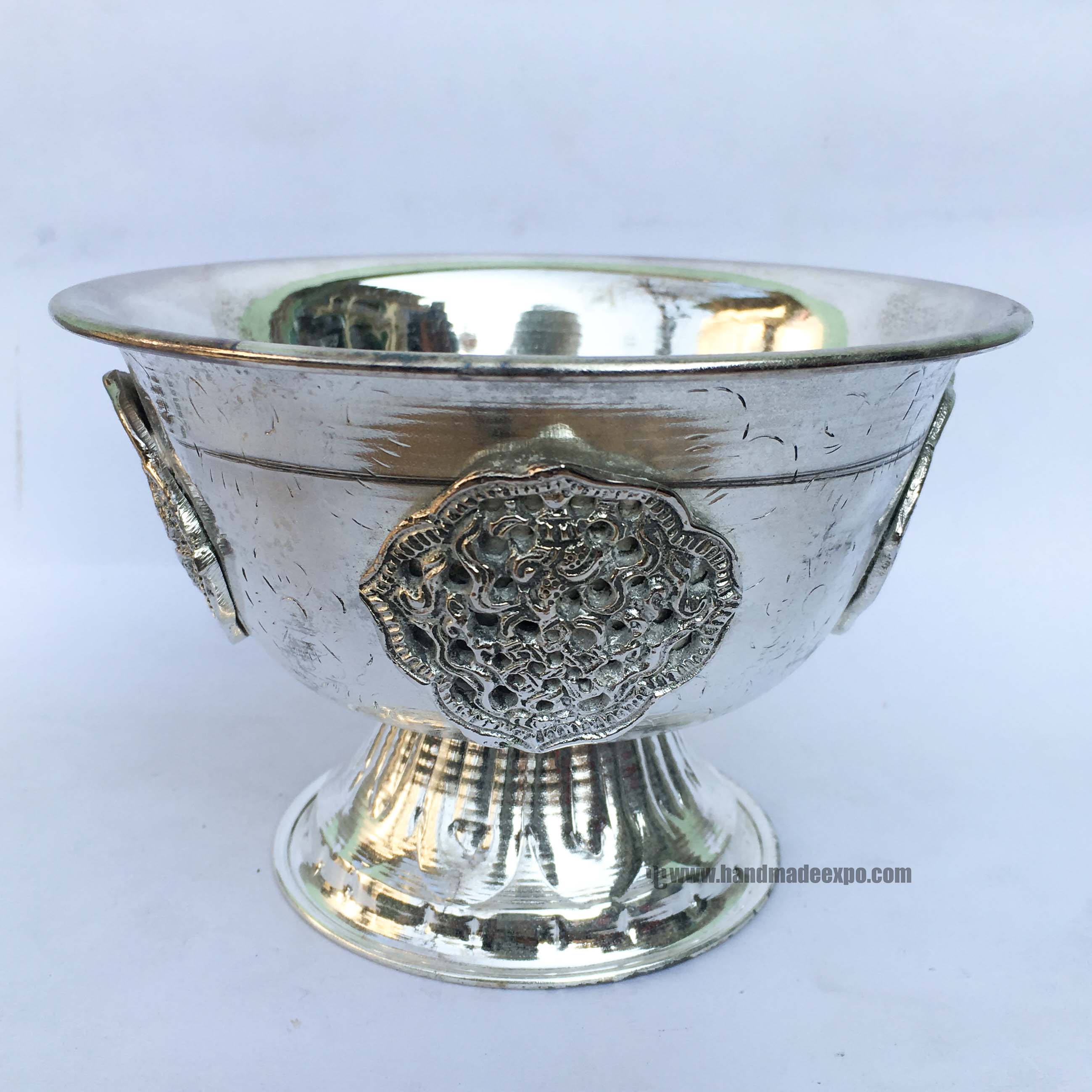 offering Bowls,
offering Bowls, 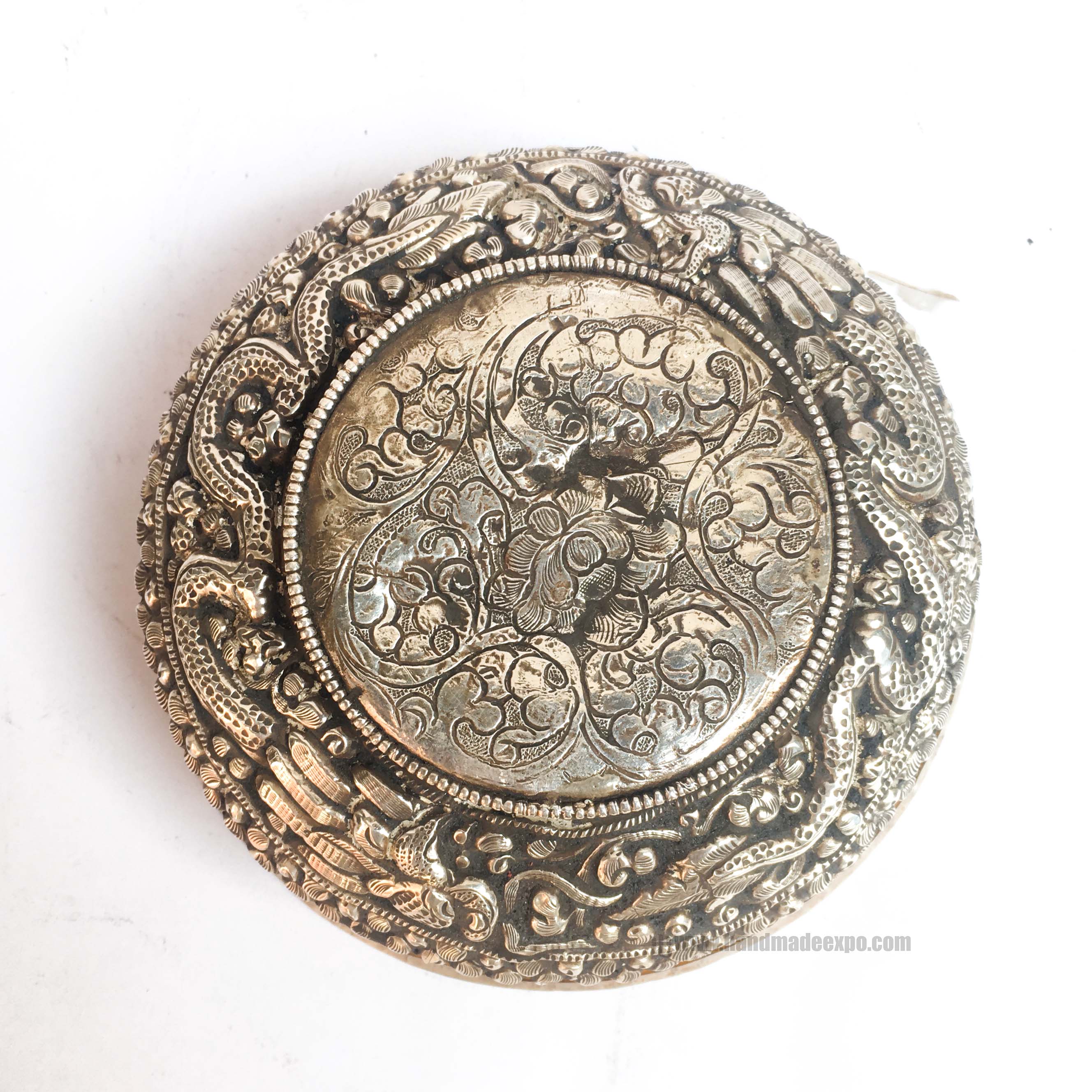 offering Bowl
offering Bowl 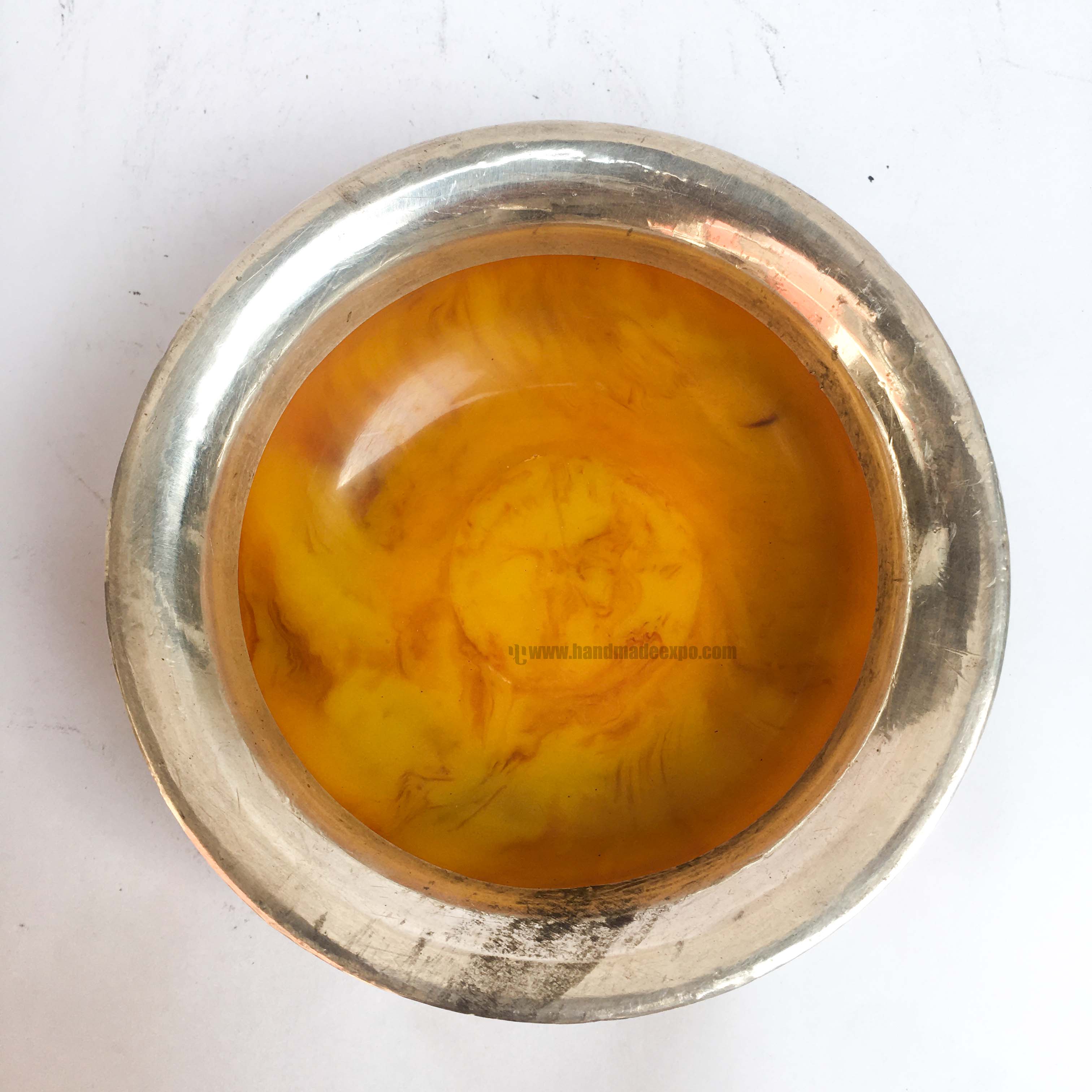 offering Bowl
offering Bowl 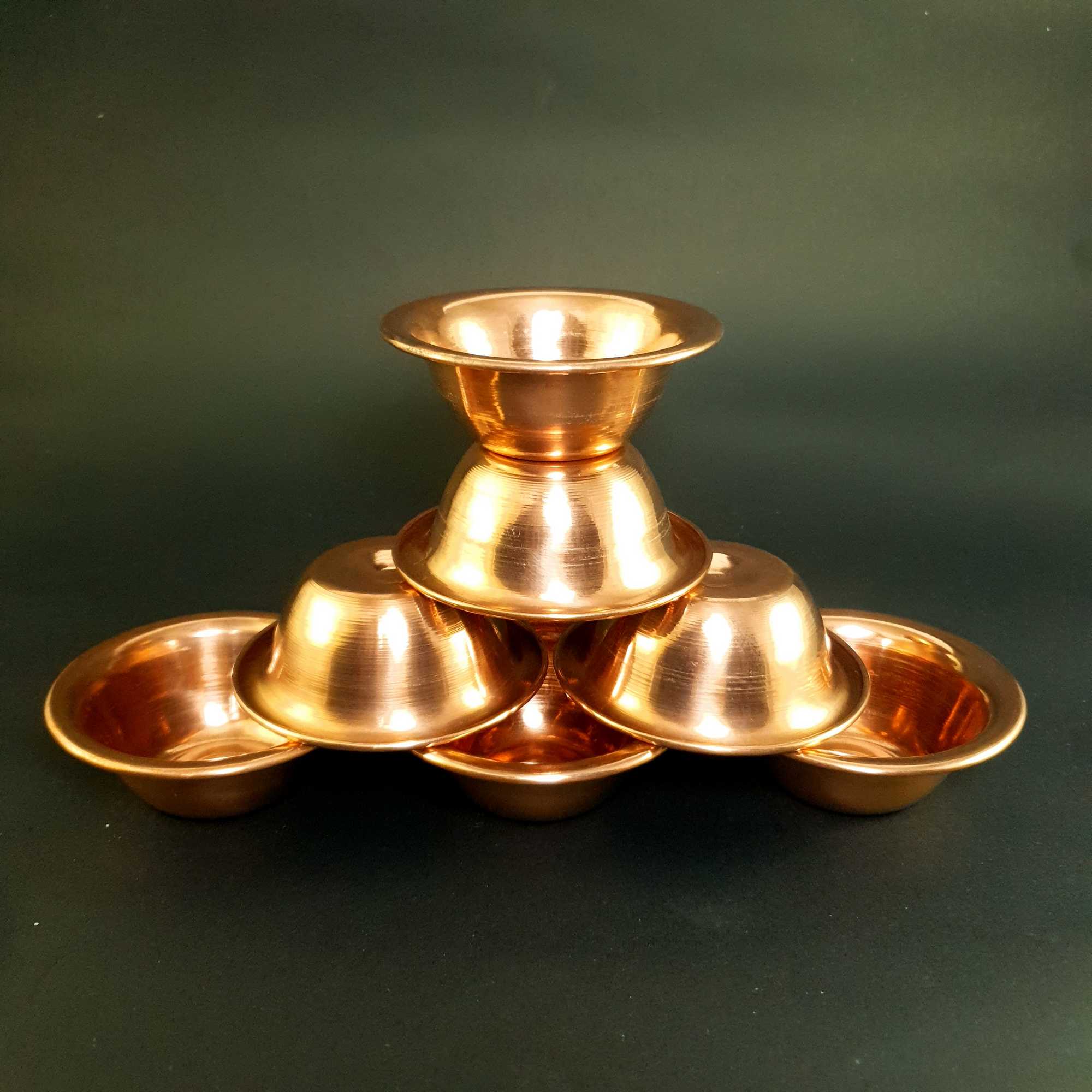 Copper
Copper 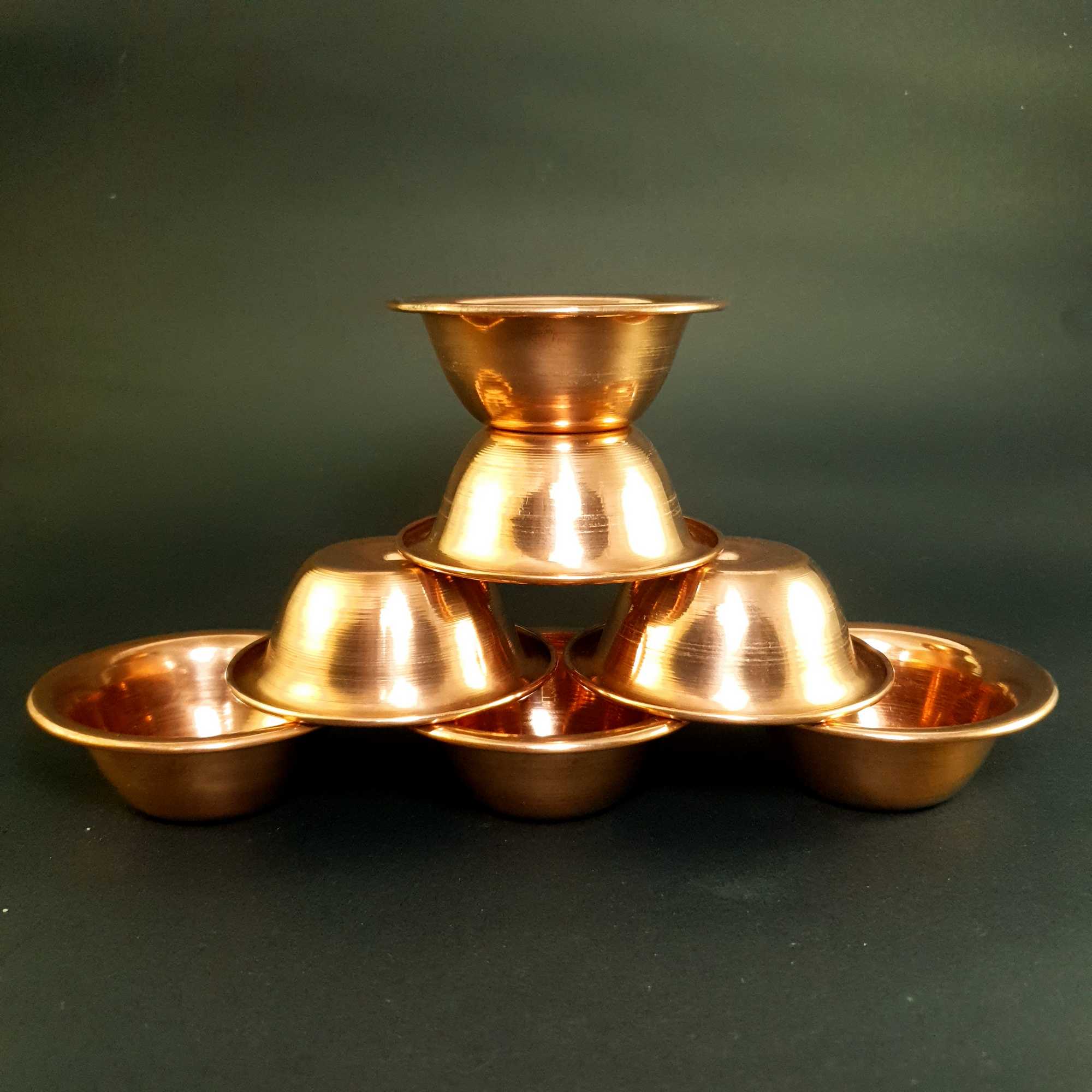 Copper
Copper 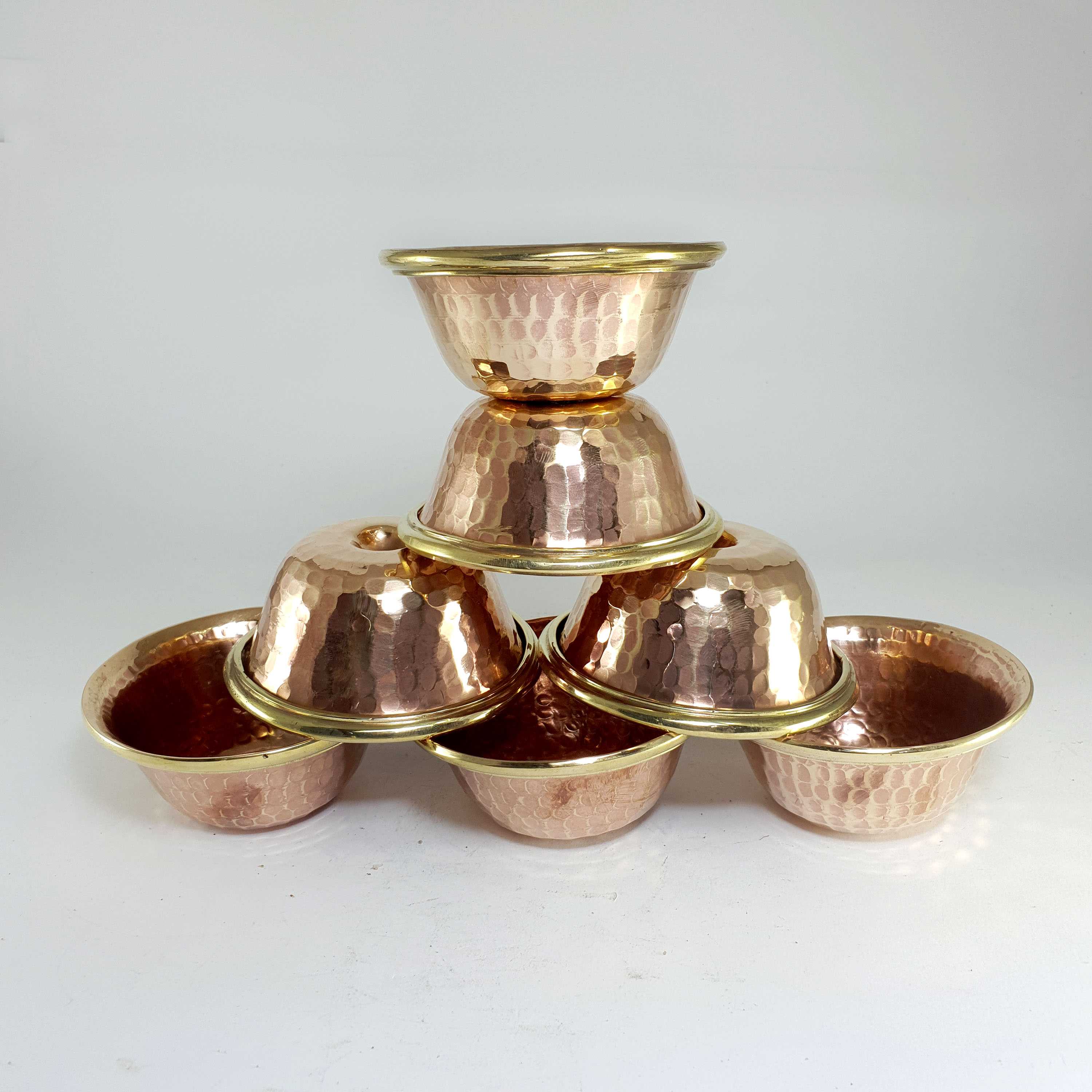 Small Copper
Small Copper 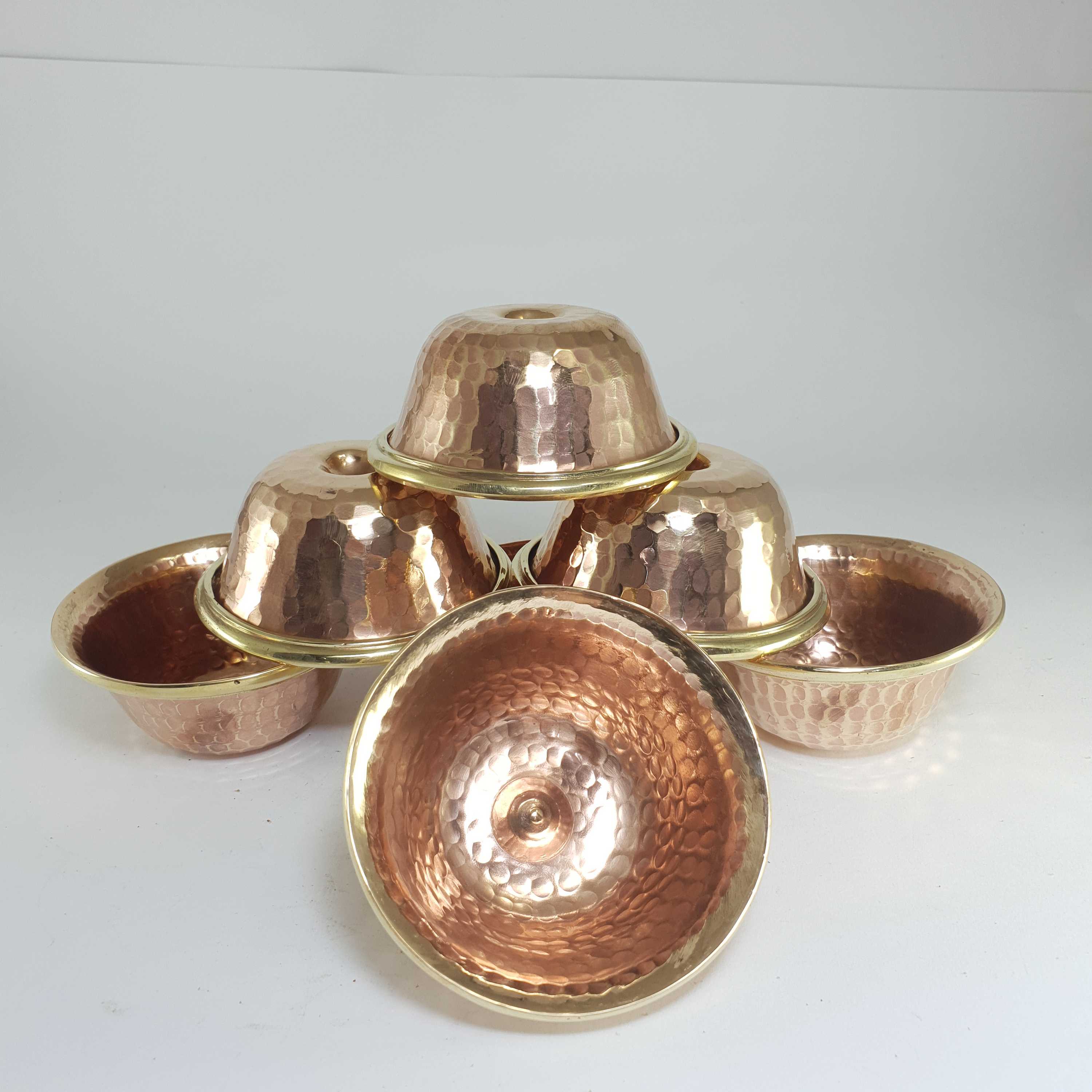 Small Copper
Small Copper